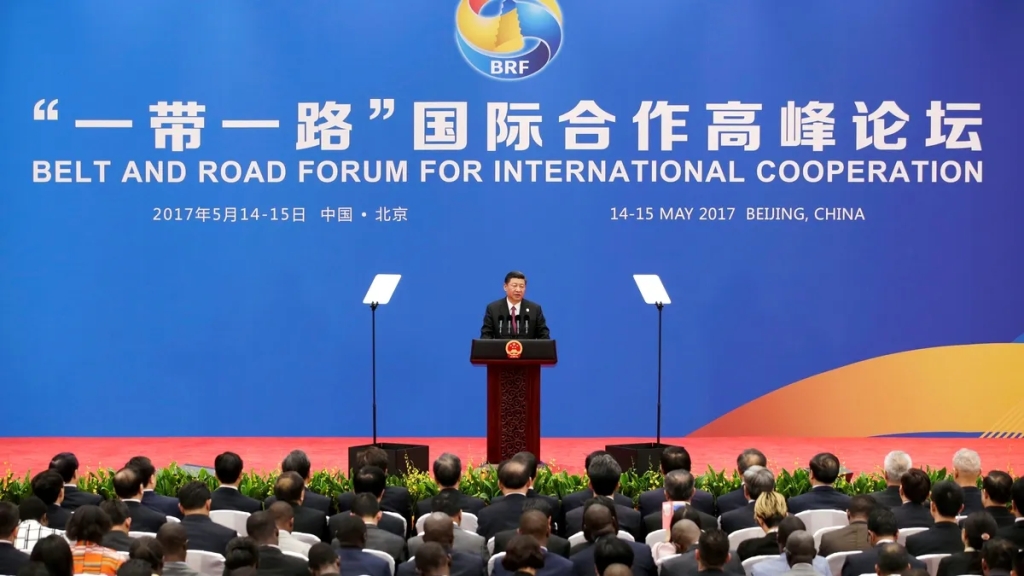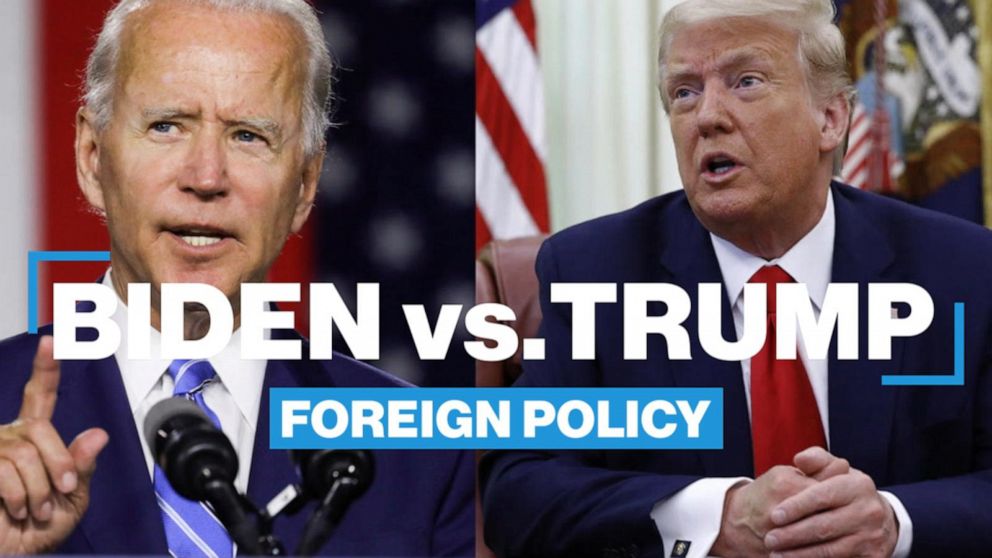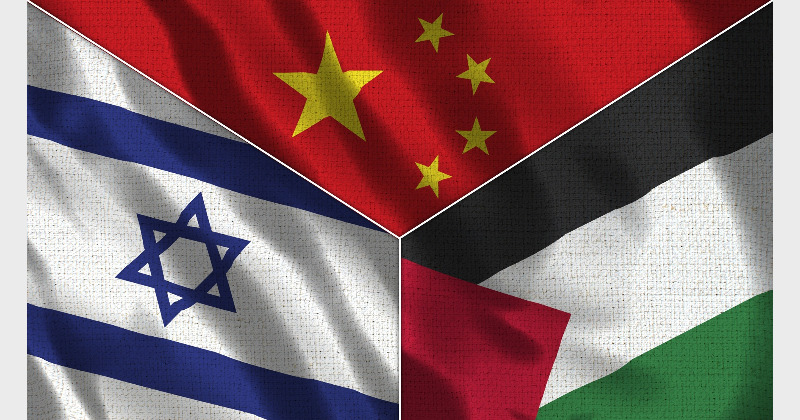Listen to the article
This week, Chinese President Xi Jinping welcomed participating states in the Belt and Road initiative to Beijing to celebrate its 10th anniversary. Since its inception, the cumulative amount of investment into BRI member countries and regions has surpassed $1 trillion.
Among the leaders visiting Beijing this week to commemorate the anniversary is Russian President Vladimir Putin, who is wanted by the International Criminal Court for war crimes committed during Russia’s invasion of Ukraine.
His visit underscores Beijing’s continued economic and diplomatic support for Moscow despite the invasion. Furthermore, Putin’s BRI appearance suggests that China will continue to maintain its pro-Russia posture despite claims of neutrality with regards to the conflict.
It also shows that the Chinese leadership plans to continue broader cooperation with Moscow to reshape the Indo-Pacific region via BRI, with its inclusive, nonbinding initiatives broadly based on China’s “five principles of peaceful coexistence.”
These principles stress mutual respect for sovereignty and territorial integrity, mutual nonaggression, noninterference in each other’s internal affairs, equality and mutual benefit and peaceful coexistence.
Noticeably absent from the forum were nations like the United States, Japan, India and Canada, as well participants from previous BRI gatherings including Italy, which has signaled its intention to drop out of the initiative.
There are questions about the benefits that the BRI brings to recipient countries.
In terms of hard infrastructure and connectivity, the trillion-dollar investments that China has deployed throughout the Indo-Pacific region suggests that many countries are benefiting from enhanced infrastructure projects that benefit their economies.
Other benefits include the employment of over 400,000 local workers, work training and the opening of new markets. The economic advantages that BRI has provided to recipient countries has not been universal.
Sri Lanka’s experience with the program and its resulting financing troubles saw it hand China control of the Hambantota Port facility with a 99-year-lease agreement, which has been inaccurately labelled as “debt-trap diplomacy.”
In my interviews with Chinese scholars prior to the COVID-19 pandemic, many voiced the view that they see the BRI as uniquely a Chinese initiative that focuses on development through the provision of infrastructure.
Other Chinese scholars stressed that the BRI is not merely a pet development project for the Chinese government, but a tool to reshape regional economic frameworks so such countries are dependent on access to the Chinese market.
Furthermore, they see the BRI as a critical tool in China’s de-risking strategy from the West by building infrastructure that opens up China’s interior market and connects it to Southeast, South and South Central Asia.
For these scholars, the BRI is a geopolitical tool designed to de-leverage or de-risk China, which is concerned over the ability of the U.S. and its allies to block trade and energy flows to the country via critical sea lines of communication through the Indian Ocean, as well as the South and East China Seas.
An important question is whether countries such as the United States, Japan, India and Canada participate in this infrastructure mega-project? The answer is complex. As long as they are not at the BRI table, they will not be able to affect how it evolves.
Strategically, there may be some benefit in being part of the BRI process and helping shape how infrastructure connectivity is deployed through the Indo-Pacific region.
Former Prime Minister Shinzo Abe understood the importance of finding ways to cooperate with China on infrastructure and connectivity projects in the Indo-Pacific.
In fact, in the fall of 2019, the father of the Free and Open Indo-Pacific vision signed on to 55 infrastructure and connectivity projects in third countries with China.
Abe’s intention was clear. He wanted Japanese companies to benefit from the infrastructure connectivity boom that was taking place in the BRI zones.
At the same time, he did not want to participate directly in the BRI over concerns that Japan would contribute to China’s regional hegemonic ambitions. His vision understood the importance of transforming the BRI and its practices through cooperation in third countries.
Should India, the United States, Japan, Canada and other countries that do not participate in the BRI find ways to work with China on infrastructure and connectivity projects following the 10th anniversary of the BRI?
These are strategic questions that policymakers in each country will have to face as the Chinese infrastructure initiative gains more clout in the developing world.
This influence translates into voting patterns at the United Nations, which saw BRI countries voting down motions to discuss the August 2022 Human Rights Report related to the Uyghurs in China and the vote condemning Russia’s annexation of Ukrainian territory in the spring of 2022.
We have seen Japan and like-minded countries try to address the BRI’s momentum through the inclusion of multilateral statements in the Group of Seven about contributing to infrastructure and connectivity in the developing world.
We have seen Japan do this unilaterally with its new Free and Open Indo-Pacific plan that was released in March 2023. The plan expanded infrastructure and connectivity cooperation in the Pacific and many other parts of the developing world.
It highlighted the importance of environmental cooperation, sustainable infrastructure, connectivity projects, fiscal transparency and building an international order based on the rule of law.
The 10th anniversary of the BRI in Beijing provides Japan, the United States, India, Canada and others with an opportunity to reflect on how they can contribute to the prosperity of the developing world while shaping initiatives like the BRI.
It is all the more important, according to the Chinese scholars, as initiatives like the BRI are geoeconomic tools intended to weaken the U.S. and Western countries ability to pressure China, while at the same time are about reshaping regional integration away from a rules-based order to one that prioritizes political and developmental values, further weakening the rule of law.
This article was first published on October 19, 2023, at the Japan Times https://www.japantimes.co.jp/commentary/2023/10/19/world/belt-road-initiative-anniversary/.





Leave a comment